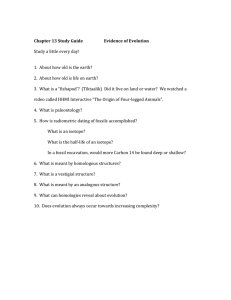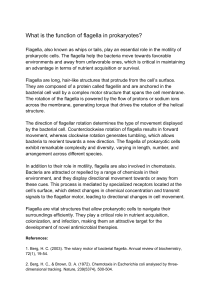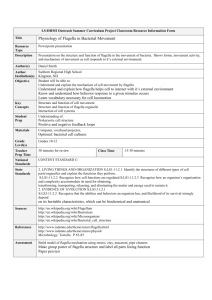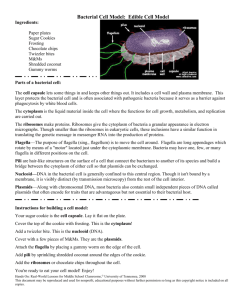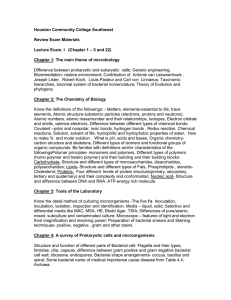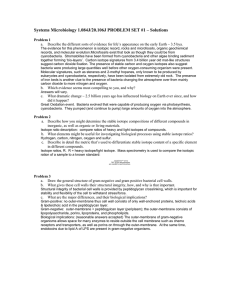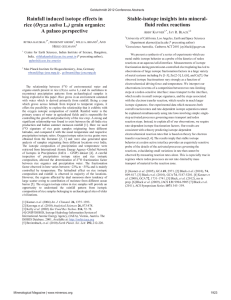Systems Microbiology 1.084J/20.106J PROBLEM SET #1 – Due Monday...
advertisement
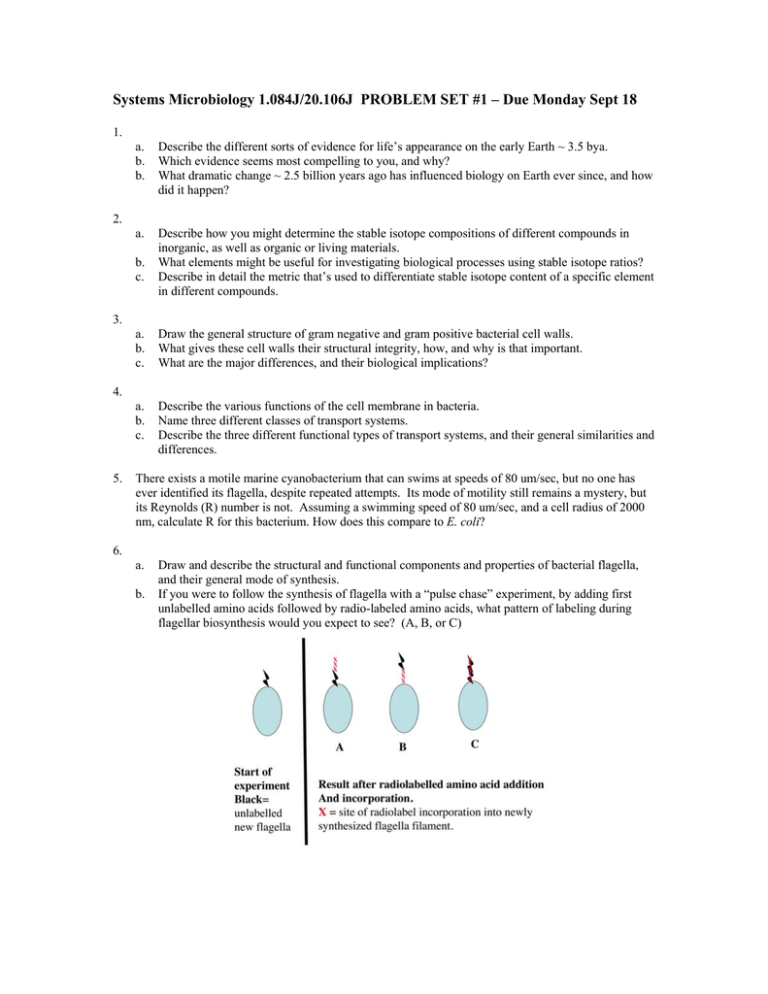
Systems Microbiology 1.084J/20.106J PROBLEM SET #1 – Due Monday Sept 18 1. a. b. b. Describe the different sorts of evidence for life’s appearance on the early Earth ~ 3.5 bya. Which evidence seems most compelling to you, and why? What dramatic change ~ 2.5 billion years ago has influenced biology on Earth ever since, and how did it happen? a. Describe how you might determine the stable isotope compositions of different compounds in inorganic, as well as organic or living materials. What elements might be useful for investigating biological processes using stable isotope ratios? Describe in detail the metric that’s used to differentiate stable isotope content of a specific element in different compounds. 2. b. c. 3. a. b. c. Draw the general structure of gram negative and gram positive bacterial cell walls. What gives these cell walls their structural integrity, how, and why is that important. What are the major differences, and their biological implications? a. b. c. Describe the various functions of the cell membrane in bacteria. Name three different classes of transport systems. Describe the three different functional types of transport systems, and their general similarities and differences. 4. 5. There exists a motile marine cyanobacterium that can swims at speeds of 80 um/sec, but no one has ever identified its flagella, despite repeated attempts. Its mode of motility still remains a mystery, but its Reynolds (R) number is not. Assuming a swimming speed of 80 um/sec, and a cell radius of 2000 nm, calculate R for this bacterium. How does this compare to E. coli? 6. a. b. Draw and describe the structural and functional components and properties of bacterial flagella, and their general mode of synthesis. If you were to follow the synthesis of flagella with a “pulse chase” experiment, by adding first unlabelled amino acids followed by radio-labeled amino acids, what pattern of labeling during flagellar biosynthesis would you expect to see? (A, B, or C)


